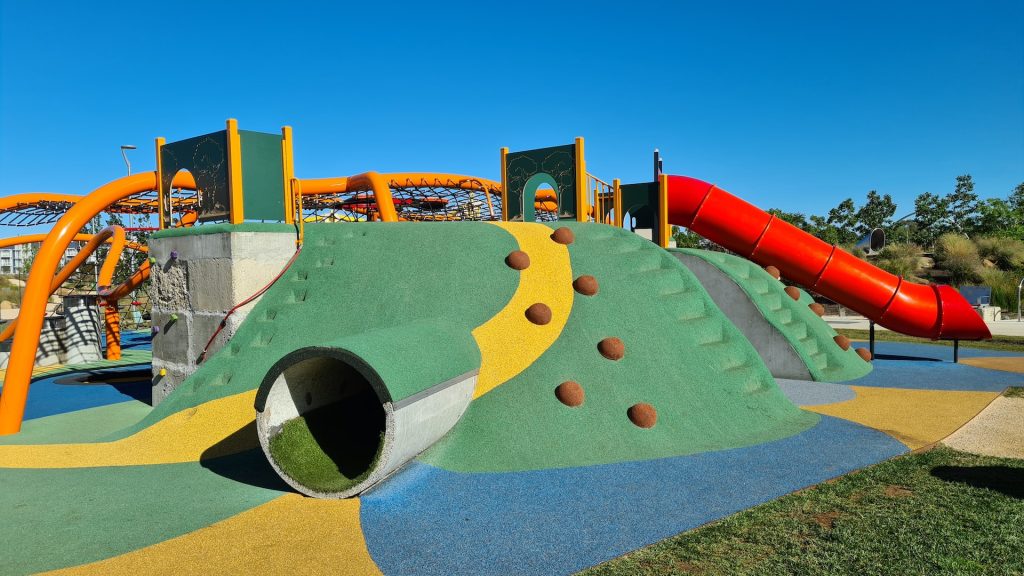Playgrounds for Disabled Children: Social inclusion since childhood
Inclusive play areas, often created thanks to the determination of associations and parents but also with the involvement of public institutions, represent a socially fundamental reality for the consolidation of the integration process, and also to prevent a source of fun from becoming a problem. Everyone, in fact, should have the right to enjoy the possibilities of a public park and understand the value of social inclusion from a young age.
Inclusive playgrounds
They represent less than 5% of the total, but fortunately, their number is increasing. These are inclusive playgrounds, where you can find swings capable of accommodating wheelchairs, ramps that allow access for caregivers, and paths for visually impaired children. These types of play areas are suitable for any child and for these reasons, they are defined as inclusive. Traditional playgrounds, on the other hand, are often full of architectural barriers.
Additionally, these traditional playgrounds frequently have games that are not suitable for providing enjoyment to children with disabilities and their families. Thus, what should be a source of fun turns out to be a significant problem. Despite this, the first inclusive parks are making their appearance, offering attractions suitable for all children, both typical and non-typical. It’s a first step toward social inclusion from an early age.
There are companies that design and create structures and equipment for inclusive playgrounds, following and respecting all the current regulations, such as GiochiPark, which has been an established presence in this field for years.
Features of an inclusive playground

An inclusive playground requires a proper project to be realized, which must have two very important objectives: independent play and socialization. In other words, it is not possible to place a randomly inaccessible game, perhaps due to inadequate flooring. With these premises, what are the requirements that an inclusive playground must have?
Accessibility
It is needless to underline the importance of accessibility. For this reason, it is not possible to use gravel, sand, or grass flooring, as they would represent an obstacle for wheelchairs. The slope of the ramps, according to current regulations, also falls within this scope.
Disabilities
Very often, when talking about disabilities, one’s mind quickly goes to people in wheelchairs. However, there are different types of disabilities that can reduce sensory, motor, or intellectual capabilities. There are autistic children, blind children, and those who struggle with mobility. This means that in an inclusive playground, it is not sufficient to allow play only for children with severe motor disabilities, but it is essential to consider the needs of everyone. After all, an inclusive playground is named as such because it must include everyone.
Autonomy and independence
Parents or caregivers at the park should only watch over the children from a distance, letting them freely explore. In other words, they should be assisted in doing things on their own. For the child itself, having to wait for mom or dad to accompany them to play becomes a nuisance. However, there are measures that can help significantly in promoting autonomy and independence. Smooth flooring or colors that can assist the visually impaired can allow children to be stimulated and encouraged to play with greater freedom.
How to create an inclusive play area?
An architect alone is not capable of fully designing an inclusive playground. The same applies to a pedagogue, just as it does to an association or a group of mothers. Each of these parties lacks certain skills. Only through collaboration and cooperation, considering the perspectives of all stakeholders, is it possible to have a precise understanding of the real needs of different disabilities.
Furthermore, for all parents of typically developing children, it is essential to remember to allow their children to approach disabled children freely, without any fear or hesitation, even if they might ask inappropriate questions. Only in this way can social inclusion be taught from an early age


